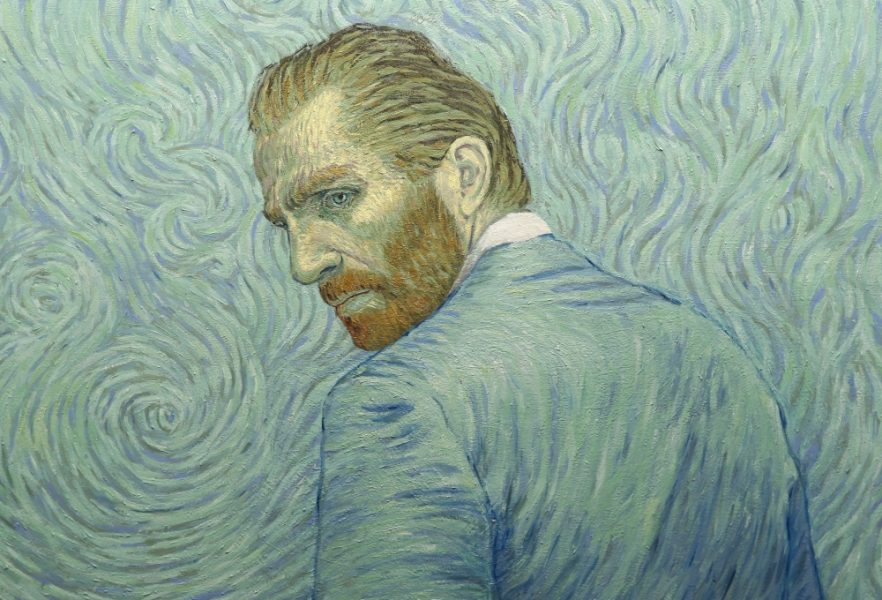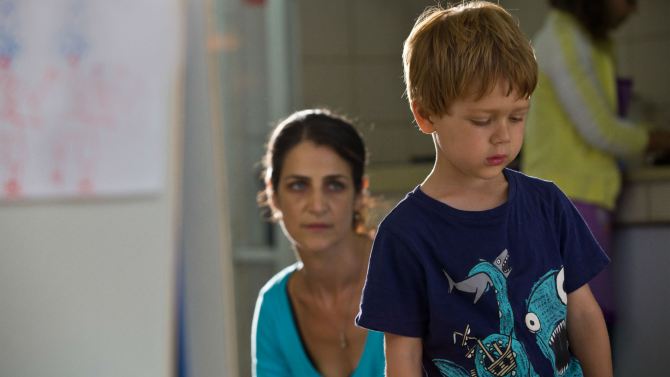“The sadness will last forever.”
These were supposedly the last words that Vincent van Gogh spoke to his brother Theo. The troubled genius, the misunderstood artist, a painter way ahead of his time – Vincent van Gogh had created over 2,100 artworks in a span of 10 years, which included still-life, portraits, self-portraits and landscape. Hiding behind the illuminated, starry night and the vibrant sunflowers, van Gogh’s story is that of a melancholic man who was in constant battle with himself and the world over. The outrageous incidents of him chopping off his ear in a fit of passion and later, ending his life (he was 37) by shooting himself had gripped many. And thus began the obsession with decoding and understanding the man behind the immortal paintings.
Dorota Kobiela and Hugh Welchman’s Loving Vincent doesn’t just try to paint a picture of the maverick artist’s last days and what drove him to his suicide, but is also a fascinating, almost poetic pastiche of some of his greatest works. This animation film, touted to be the first fully painted film, is a digital marvel.
When the Google Art Project was launched – now called Google Arts and Culture – it opened up the world of art to millions of art lovers and connoisseurs across the globe. A virtual tour of the Museum of Modern Art, New York or The Louvre, Paris was just a click away. You could immerse yourself in Monet’s art or chuckle at Banksy’s esoteric messages. What Loving Vincent does is that it lets you plunge into the riotous paintings of van Gogh while trying to separate the myth from the truth associated with his life.
*****
You took your life, as lovers often do
But I could’ve told you Vincent
This world was never meant for
One as beautiful as you
Starry, starry night
Portraits hung in empty halls
Frame-less heads on nameless walls
With eyes that watch the world and can’t forget
Loving Vincent opens in 1891, a year after van Gogh’s death. Actually, it opens with one of his famous works – ‘Starry Night’. Armand Roulin (Douglas Booth), son of Postman Joseph Roulin (surprising Chris O’Dowd) has been tasked with delivering van Gogh’s letter to his brother Theo. Armand soon finds out that Theo died a few months after his brother’s death. It takes him next to Auvers-sur-Oise, France, where the painter had spent his last few days, looking for answers as to what led to his suicide, or as many believe, his murder.
Each of the film’s 65,000 frames has been handcrafted by a team of 125 painters taking inspiration from van Gogh’s style. The creative work took them almost six years. It’s almost a whodunit where you need to spot van Gogh’s works in the film’s rushes. Whether it is Joseph or Armand’s portrait or the much celebrated portrait of van Gogh’s doctor Dr Gachet, all the characters are introduced through his paintings. You will encounter ‘Wheatfield with Crows’, ‘Bank of Oise at Auvers’, ‘Cafe Terrace at Night’ and many more of his works.
The Guardian reports: “The process, according to cinematographer Tristan Oliver, may well be unique; the entire script was shot in live action in 14 days, on partial sets and in front of green screens at 3 Mills Studios in London. This footage was then handed over to a team of over 50 painters in Gdansk, who meticulously turned each frame into an individual painting. In the end, the team produced more than 65,000 frames in oil paints, on more than 850 canvases.”
“Everything was a painting on canvas. No tracing, no nothing,” Welchman told The Guardian.
*****
“I want to touch people with my art. I want them to say ‘he feels deeply, he feels tenderly’.”
Loving Vincent is a tribute to one of the greatest artists of modern art. It brings us closer to the synergy between chaos and beauty that van Gogh had masterfully painted. But does it help us understand the artist better? Probably not. But the stunning, almost dreamlike visuals and the technical expertise elevate the storytelling and make the audience realise that the possibilities – especially in art – are immense. Something that van Gogh has been trying to tell as well.
*****



